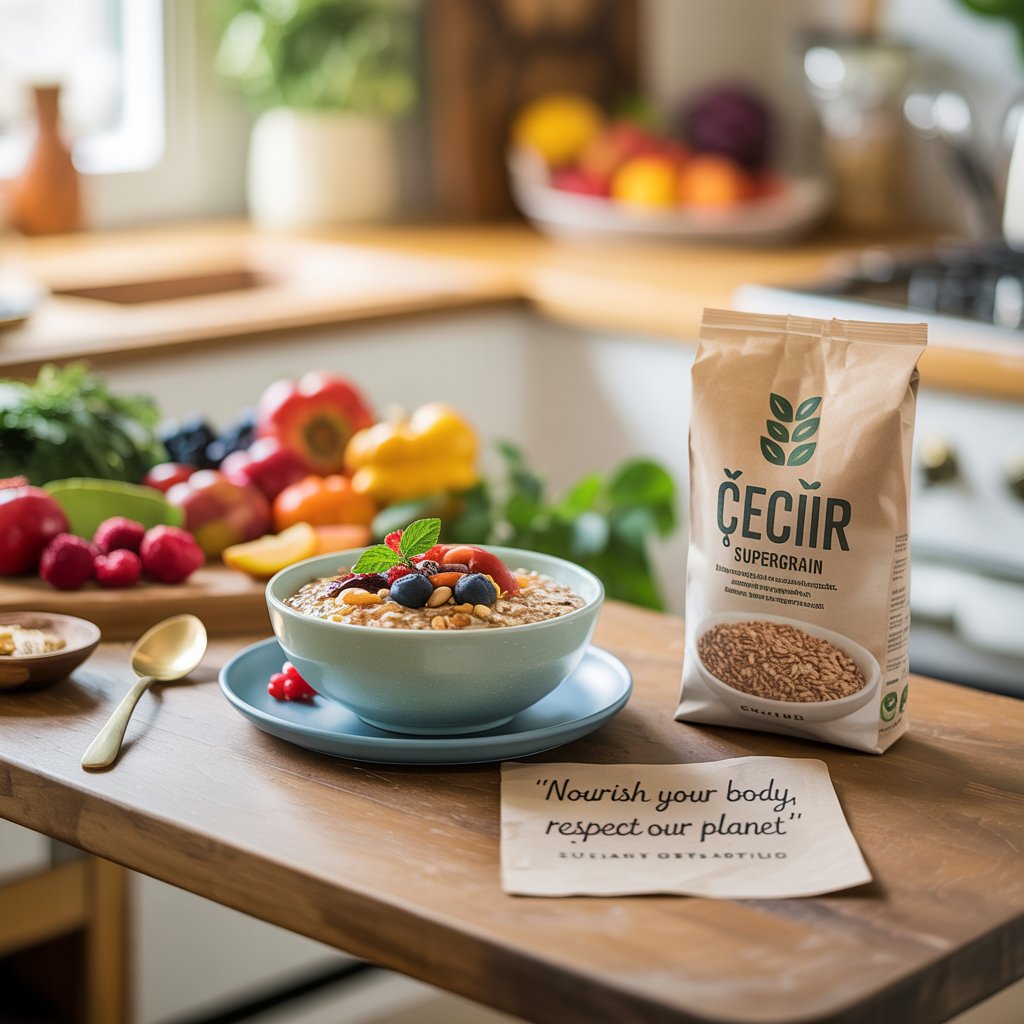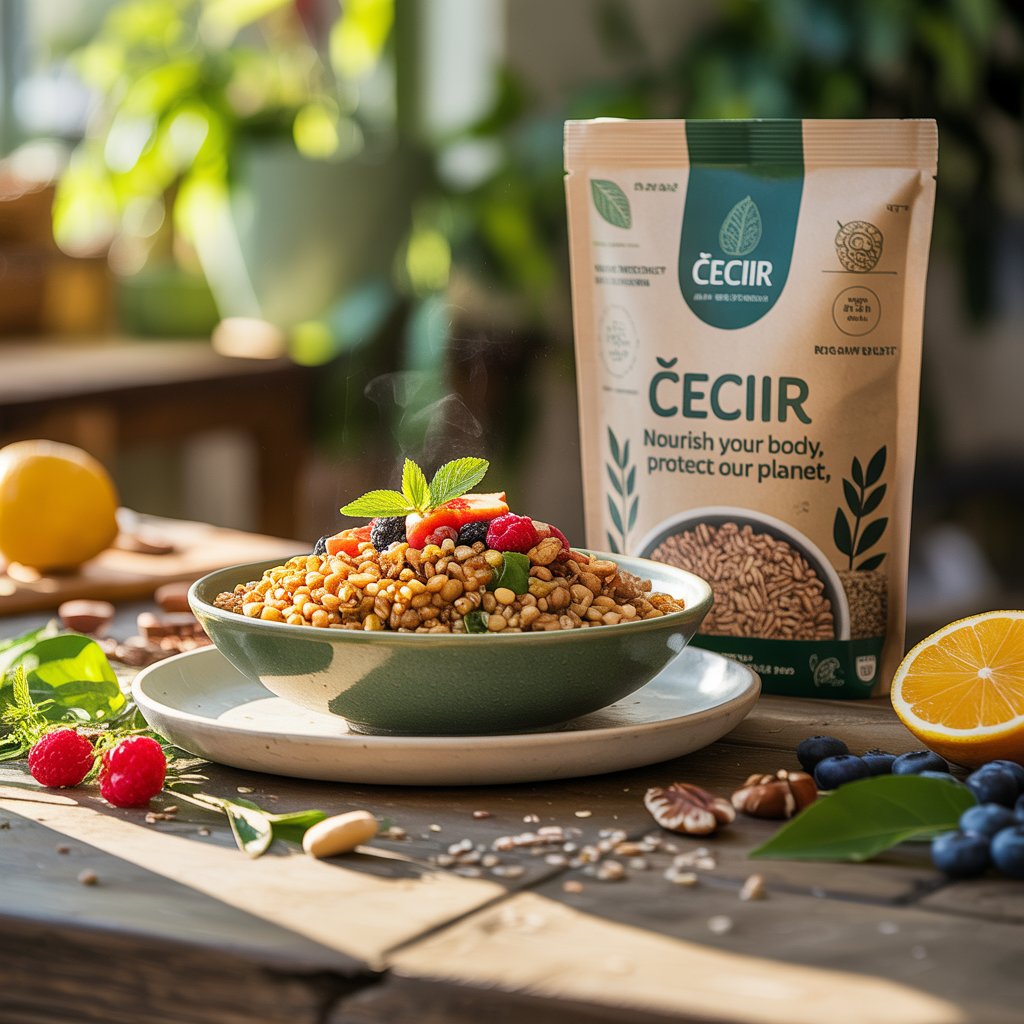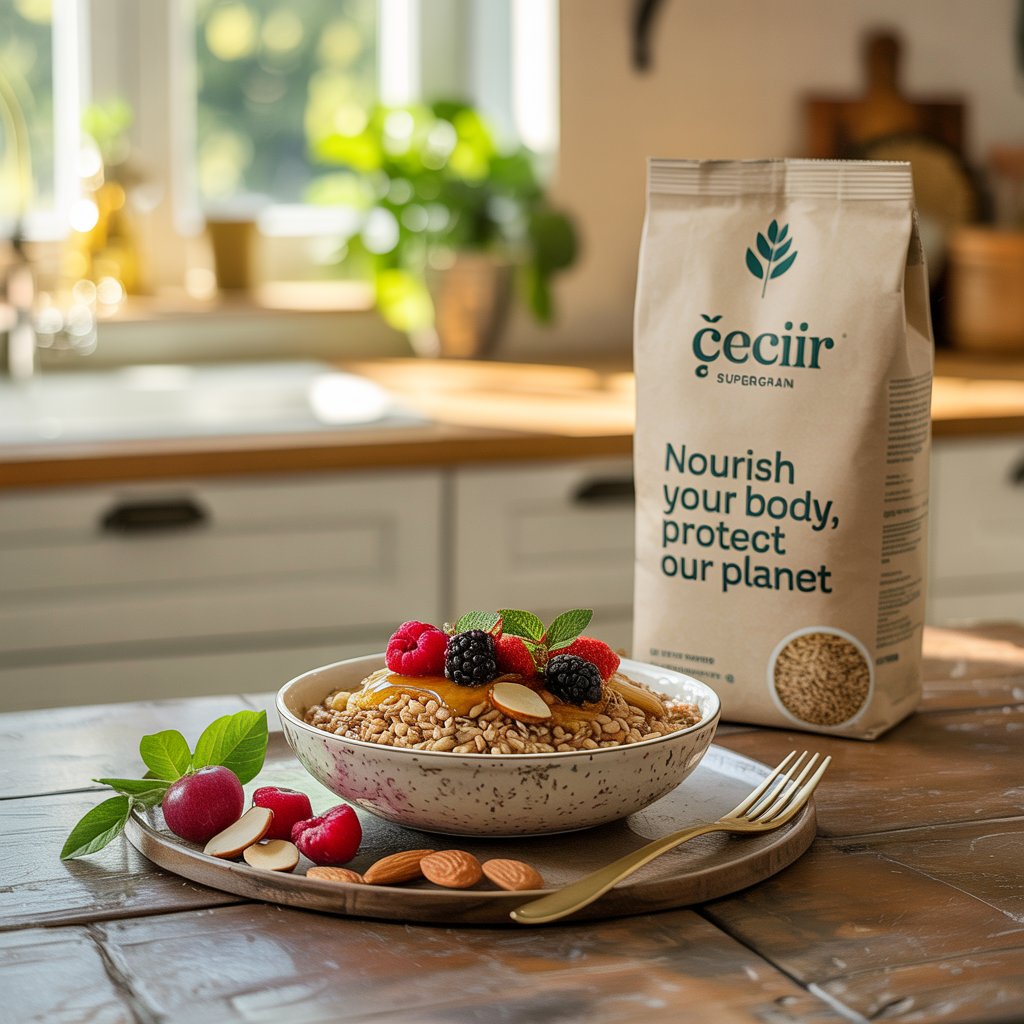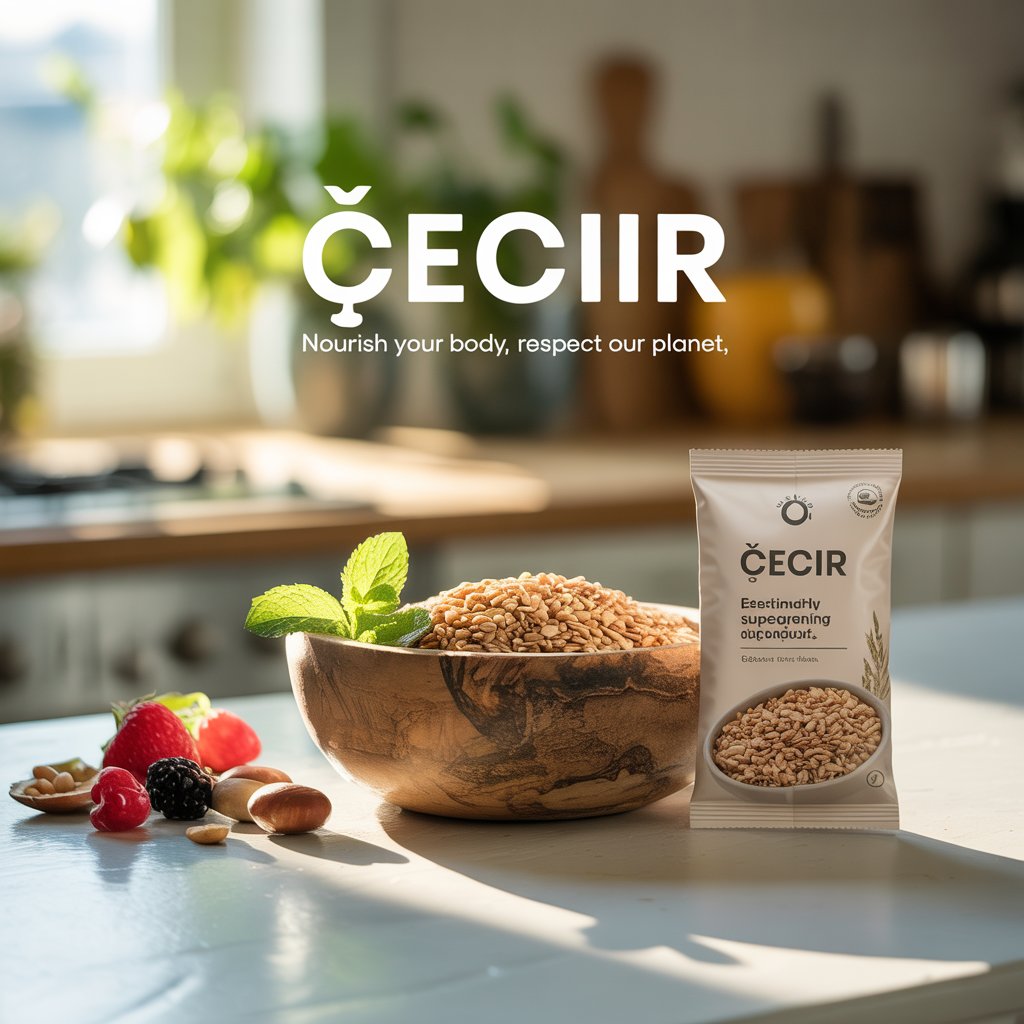Discovering the Forgotten Grain: Çeciir
Çeciir is more than just a legume. It’s a story, a culture, and a nutritional powerhouse. For generations, it has remained under the radar, hidden behind modern food trends and forgotten in the shadows of mainstream crops. But now, as people seek sustainable, eco-friendly, and nutrient-rich foods, çeciir is making a well-deserved comeback.
Table of Contents
What Exactly is Çeciir?
Çeciir is an ancient grain-like legume often mistaken for chickpeas or lentils. Traditionally used in certain rural regions, particularly in Middle Eastern and North African culinary practices, çeciir carries a distinct identity. It thrives in semi-arid climates, grows with minimal water, and leaves a very low carbon footprint. These traits alone make it a perfect candidate for sustainable agriculture.
Why is Çeciir Eco-Friendly?
Unlike commercial crops that exhaust soil and demand chemical fertilizers, çeciir naturally replenishes nitrogen in the ground. This quality improves soil health and reduces dependency on harmful synthetic inputs. Farmers can cultivate çeciir without pesticides, herbicides, or excess irrigation, which saves water and preserves biodiversity. Growing çeciir contributes to regenerative farming practices—a crucial aspect of fighting climate change and ensuring food security.

Çeciir’s Nutritional Power
Packed with protein, dietary fiber, vitamins, and essential minerals, çeciir is more than just eco-conscious—it’s a nutritional giant. A single serving provides:
- High plant-based protein content
- Iron and magnesium for blood and muscle health
- B vitamins for energy metabolism
- Soluble fiber for digestion and cholesterol control
This legume is a smart addition to vegetarian and vegan diets, offering complete nutrition without relying on animal products. Its high fiber content helps regulate blood sugar levels, making it a beneficial food for diabetics.
How Does Çeciir Taste?
Çeciir carries an earthy, nutty flavor with a slightly smoky aroma when roasted. Its texture is chewy, making it a satisfying base for soups, stews, and salads. The flavor doesn’t overpower, allowing it to pair well with bold spices and subtle herbs alike. Whether you boil, roast, or grind it into flour, çeciir adapts easily to a variety of cooking styles.
Culinary Uses of Çeciir
One of çeciir’s most impressive traits is its versatility. Here are some delicious ways to enjoy it:
- Roasted Snack: Roasted çeciir seasoned with salt and paprika is a popular traditional snack. It’s crunchy, tasty, and completely guilt-free.
- Soups and Stews: It holds its shape well, making it a perfect ingredient for hearty soups.
- Çeciir Flour: Ground into flour, it works well in gluten-free baking, particularly for bread and savory pancakes.
- Çeciir Patties: Mash cooked çeciir with garlic, parsley, and olive oil for nutrient-rich plant-based patties.
These recipes do not just taste good—they also support a sustainable food culture.

Can Çeciir Compete with Superfoods?
Yes, and here’s why: Superfoods often come with a cost—both financial and environmental. Quinoa, for example, has caused soil degradation in parts of South America due to overfarming. In contrast, çeciir grows easily without harming ecosystems. It provides many of the same benefits as quinoa, chia seeds, or lentils but with a lower environmental price.
In fact, çeciir could be a local solution to global problems. It aligns with growing demand for ethical, eco-friendly, and health-conscious food choices.
Is Çeciir Affordable?
Absolutely. Çeciir is not a luxury item. It grows in marginal lands where other crops fail. It does not require expensive fertilizers or irrigation systems. This keeps production costs low and makes it accessible for small-scale farmers and consumers alike. By promoting çeciir, people support fair trade and economic resilience for rural communities.
Is Çeciir the Future of Sustainable Eating?
With climate change and food insecurity on the rise, shifting toward crops like çeciir is not just wise—it’s essential. It fits perfectly into agroecological farming systems. It needs less water, no chemicals, and gives more back to the soil than it takes. Combined with its impressive nutrition and culinary appeal, çeciir offers a complete package.
It is important to recognize that food systems must evolve. Çeciir is not just an old crop revived. It’s a beacon for a sustainable future.
What Are the Challenges?
Like any traditional crop, çeciir faces obstacles. Lack of commercial awareness, limited availability in mainstream markets, and absence from modern dietary guidelines hold it back. But these challenges are not permanent. With the right awareness campaigns, local initiatives, and support for small farmers, çeciir can scale.
Government programs and food cooperatives must step in to invest in its cultivation. Restaurants and chefs can introduce it into menus, while consumers can experiment with it at home. Education and exposure will unlock its full potential.

Should You Try Çeciir?
Yes—without hesitation. Whether you care about your health, the planet, or your community, çeciir ticks every box. It’s sustainable, nutritious, and delicious. It offers an opportunity to reconnect with traditional wisdom while embracing modern ecological values. Trying çeciir isn’t just a culinary choice—it’s a conscious lifestyle decision.
By incorporating çeciir into your meals, you contribute to a food system that values quality, sustainability, and heritage.
Also read: Olympus Scanlation: The Ultimate Gateway to Global Manga Adventures
Final Verdict on Çeciir
Çeciir deserves more than curiosity—it deserves commitment. It’s an eco-friendly, highly nutritious legume that supports both the planet and human well-being. It blends tradition with innovation and simplicity with purpose. As the world faces mounting environmental and health challenges, crops like çeciir become symbols of intelligent adaptation.
This forgotten grain could be the next big thing—not because it’s trendy, but because it’s necessary. Çeciir isn’t just a food. It’s a movement.


